How to improve speed precision of YASKAWA CIMR-JT Controller?
- AAmanda AlvaradoAug 9, 2025
After setting the motor-rated current (E2-01), motor-rated slip (E2-02) and motor no-load current (E2-03), adjust the slip compensation gain (C3-01).
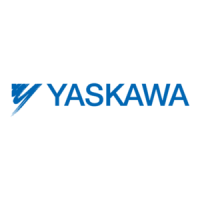
How to improve speed precision of YASKAWA CIMR-JT Controller?
After setting the motor-rated current (E2-01), motor-rated slip (E2-02) and motor no-load current (E2-03), adjust the slip compensation gain (C3-01).
What to do if YASKAWA Controller motor has poor torque at low speeds and motor instability at start?
If the torque is insufficient at speeds below 10 Hz, increase the setting. If motor instability occurs at motor start, decrease the setting.
What to do if YASKAWA CIMR-JT motor has poor motor torque at speeds below 10 Hz and motor hunting?
If motor torque is insufficient at speeds below 10 Hz, increase the setting. If motor hunting and oscillation occur with a relatively light load, decrease the setting.
How to fix YASKAWA CIMR-JT Controller motor noise, hunting and oscillation at speeds up to 40 Hz?
If the motor noise is too loud, increase the carrier frequency. When motor hunting and oscillation occur at speeds up to 40 Hz, lower the carrier frequency.
| Series | CIMR-JT |
|---|---|
| Input Frequency | 50/60 Hz |
| Output Frequency | 0-400 Hz |
| Power Range | 0.4-15kW |
| Control Method | V/f control |
| Communication Options | Modbus RTU |
| Protection Class | IP20 |
| Protection Features | Overcurrent, Overvoltage, Undervoltage, Overheat, Short circuit |
| Communication Interface | RS-485 |
| Ambient Operating Temperature | -10°C to +50°C (14°F to 122°F) (derating may apply at higher temperatures) |
| Storage Temperature | -20°C to +60°C (-4°F to 140°F) |
| Humidity | 95% RH or less (non-condensing) |
| Altitude | 1000m or less |
| Vibration | 5.9 m/s² |
Ensures safe practices during the receiving process of the drive.
Provides safety precautions for mechanical installation procedures.
Details specifications, procedures, and environmental requirements for proper mechanical installation.
Outlines critical safety measures for electrical installation and wiring.
Details functions, specifications, and procedures for safe main circuit wiring.
Explains procedures and preparations for wiring control terminals.
Explains essential settings for initial drive operation and basic functions.
Explains how to check parameter settings using Verify function and save settings.
Offers information for counteracting oscillation, hunting, or other faults during trial runs.
Describes types of alarms, faults, and errors and drive responses.
Details fault displays, their causes, and possible solutions.
Explains alarm codes, their causes, and possible solutions for minor faults.
Provides instructions to remove fault conditions and restart the drive.
Addresses common issues that do not trigger an alarm or fault.
Details recommended daily and periodic inspection procedures for drive components.
Explains the drive's maintenance monitors and replacement parts.
Contains a comprehensive table of all drive parameters, their descriptions, ranges, and settings.
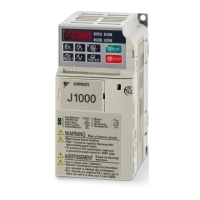
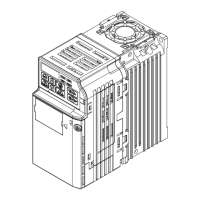
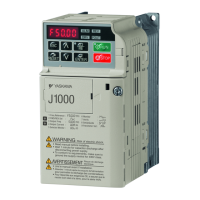
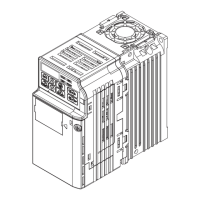

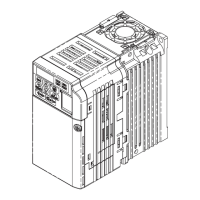
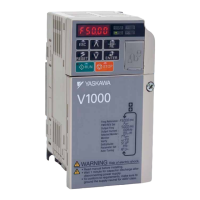

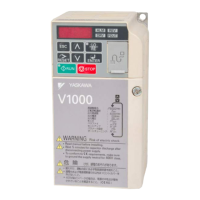

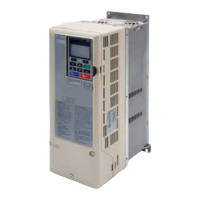
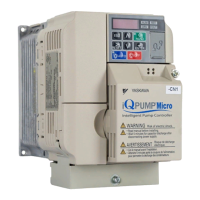
